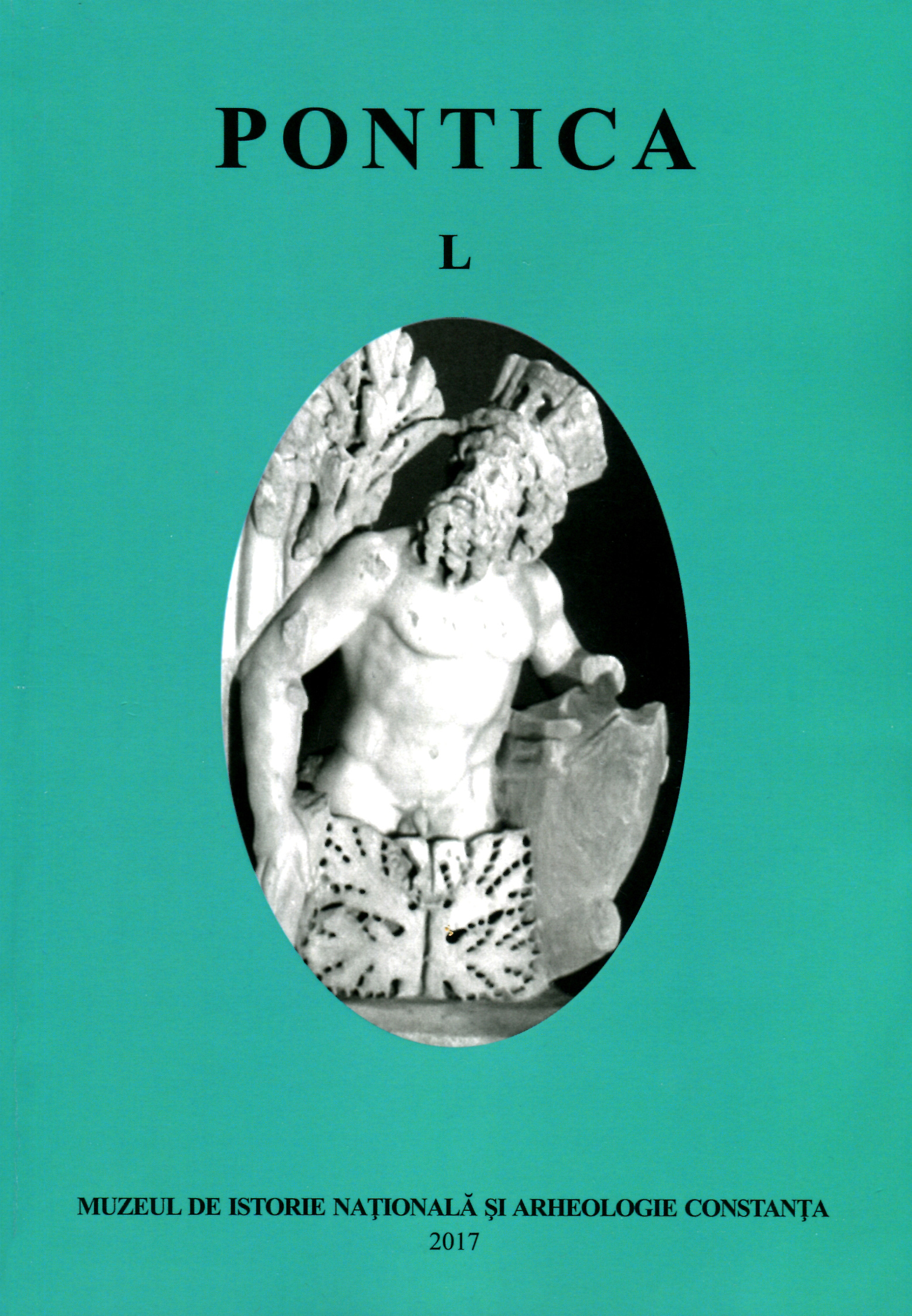Cercetări arheologice la cetatea Carsium (Hârșova, jud. Constanța). Sectorul „Incinte nord”
Archaeological Research at Carsium (Hârșova, Constanța County). „North Inclosures” Sector
Author(s): Constantin NicolaeSubject(s): History, Anthropology, Social Sciences, Archaeology, Cultural history, Local History / Microhistory, Ancient World
Published by: Muzeul de Istorie Națională și Arheologie Constanța
Keywords: Carsium; Hârșova; north inclosures; stratigraphy; archaeological trench;
Summary/Abstract: In the campaign of 2008 carried on at Carsium there were achieved two trenches on the north side, in the area between the last enclosure and the Cetății street (Fig. 1). S1 was E-V oriented and it measured 15 m x 4 m (Fig. 2). There were recorded 17 archeological levels (Fig. 3). Most of them were formed as a result of the numerous restorations of the city in the ancient and medieval times. Every time deposits were rolled out from one place to another allowing new constructions to rise. Level 16 may represent the rest of a wall discovered also in sector „West Enclosures”. Two rests of walls from the east end of the trench show a great importance as their significance is unknown till these days (Fig. 4, 5). By their features the remains were a part of the ancient fortification. It is possible that the one of them to be connected with the discoveries from the „West Enclosures” sector. From this section were unearthed several materials that date back to roman times, roman-byzantine and medieval times also. S2 is N-V oriented and it measures 12 m x 2 m. It shows up the features of the large enclosure and allows to identify the linked elements with the west wall of the city that was analyzed in the latest campaigns. The stratigraphy presents great differences between the north and the south of the same enclosure (Fig. 6). In the southern area were discovered 5 levels that reveal the end of its functionality and its destruction in the 19th century. The enclosure preserved today is 2.60 m high and 2.2 m thick. As we can see, the northern side was truly affected by the outside facing (Fig. 7). The stratigraphy of the northern side is more complex (Fig.8). Here were recorded 10 levels, of which the most important is layer 2 (”Dridu” house), due to its direct connection to the demolished outside wall, thus representing a great chronological clue for dating the enclosure. The research had a great significance because it revealed that the ancient fortification, overlapped by modern dwellings, still follows an yet unknown route to the center of the actual city. In the same time, it could be observed that the great enclosure presents totally different features on its western and northern sides. According to our point of view, that still stands, the western side was integrated in the late restorations from Byzantine or Genovese epochs. The materials discovered during this research are typical for the Low Danube pottery categories.
Journal: Pontica
- Issue Year: 2017
- Issue No: 50
- Page Range: 307-321
- Page Count: 15
- Language: Romanian

